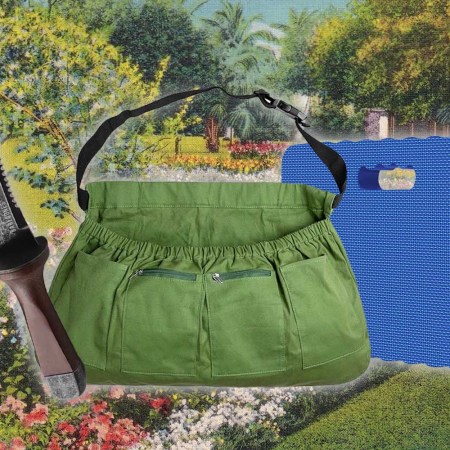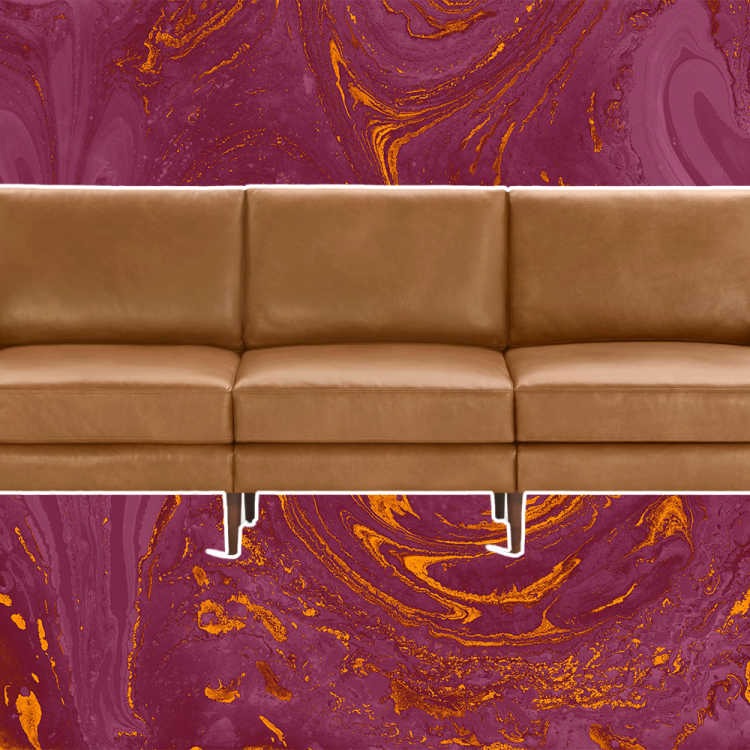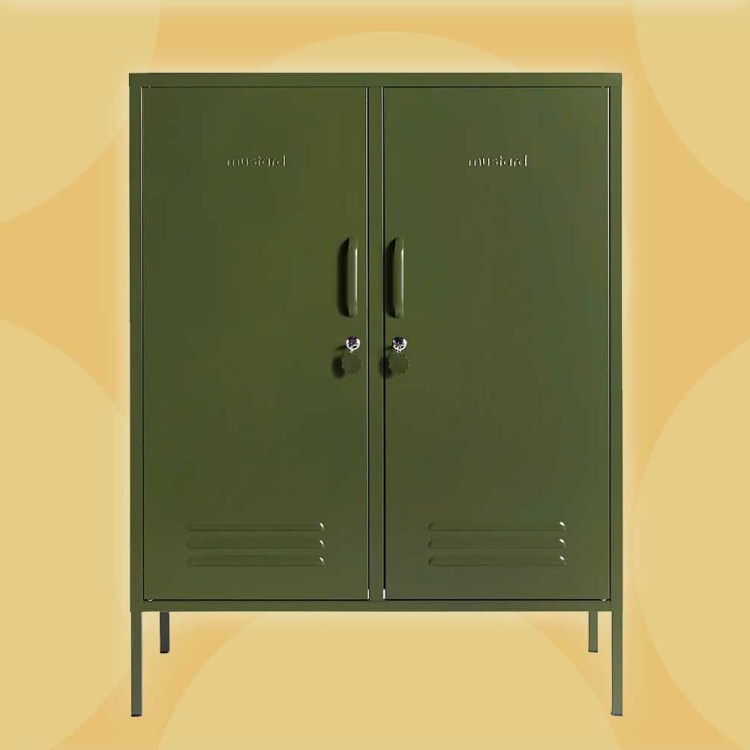The “made in America” label is tough to navigate these days.
The warm, fuzzy, patriotic feeling we used to get when this century’s homegrown-goods revival took off has been obfuscated twofold: by companies substituting the tagline for quality workmanship (regrettably proving the tired adage “don’t make ‘em like they used to”) and those using the label to mislead (e.g., selling products that are assembled in America, but actually manufactured elsewhere).
An informed-consumer conundrum, to be sure. But on our end, it makes it that much sweeter when we get the chance to tout a company doing American-made right, as is the case with Faribault Woolen Mill Company, one of the only vertically integrated woolen mills still operating stateside.
The name shouldn’t be new to you. Chances are you’ve seen their heirloom-quality blankets on the couches of your grandparents or the shelves of reputable home-goods purveyors, with their classic blue label touting wares “loomed in the land of the lakes.”
That’ll be Minnesota’s 10,000 lakes. Faribault Woolen Mill Co. takes its name from the city in which it’s resided since 1865 — not on the shores of a lake, but a river (currently the Cannon, previously others, which we’ll get to).
Below, you’ll find five of our favorite stories from their 150-year history, each paired with a blanket from their considerable coffers. Bully for you: when you unroll your Faribault next to the fireplace in the coming months, you’ll have a few tales to tell as well.
1. Faribault made goods for soldiers in both World Wars
Approximately 100,000 olive drab army blankets were churned out for troops in WWI. In WWII, sleeping bags were also produced, as well as 200,000 blankets. The company continues to supply the U.S. military to this day.
Foot Soldier Defender Plaid Blanket
Produced to the same military specifications as their “olive drab” numbers that date back to 1917, but now in a less run-of-the-mill plaid.
2. The company has survived (at least) five fires
Back when it was situated on the Straight River in the 1880s and ’90s, three fires ravaged the mill, the last one in ’92 finishing it off, according to MinnPost. Then they moved to a fireproof brick building on the Cannon River, the same one that houses the company to this day. In 1964, one year before the 100th anniversary, another fire broke out near the entrance.
Utility Blanket
Pack it, stow it or drape it over your shoulders — this go-anywhere offering is made of 75% recycled wool for eco-friendliness and 25% poly-nylon blend for resilience. It is not fireproof, however. Buyer beware.
3. Storied airline Pan Am stocked Faribault in its planes
Throughout the years, they’ve partnered with a number of companies, one of the most notable being Pan American World Airways during their peak. “The 1960s and ’70s brought in myriad new designs and fruitful partnerships, including Pan Am Airways, Northeastern Airlines, and Pullman Railroads, all of which provided passengers with Faribault blankets to use during trips,” writes The Growler.
Cabin Blanket
100% merino wool. Machine washable. The understated workhorse of the bunch.
4. The original mill was horse powered … by one horse
“Carl H. Klemer, a German immigrant, founded Faribault Woolen Mill in 1865. Klemer’s one horse-powered mill got its start turning local wool into batting for insulation and bedding,” reports The Growler. It wasn’t until 1872 that blankets came into the picture.
American Flag Wool Throw
A handsomely literal representation of Faribault’s history, done here in a striking black and gray, and woven on a jacquard loom. If the good ol’ red, white and blue is more your style, check out their ode to Betsy Ross.
5. A company in Pakistan almost ended up with all their equipment
A variety of factors — the recession, new ownership, counterproductive business strategies — led to what looked like the end of the company in 2009. “The Faribault mill closed and century-old looms and other equipment were being boxed up to be sent to Pakistan … Then two Minnesota businessmen, the cousins Paul and Chuck Mooty, bought the factory and the trademark, pumping in millions to bring the company back to life,” according to the New York Times. Today, Faribault is as strong as ever.
Revival Stripe Blanket
The first blanket Faribault produced after they reopened in 2011, harkening back to a traditional design with a stately bone-white base and bold red, yellow and blue stripes.
Looking for more? If you ever find yourself in the happiest state in America, you can even take a tour of the 120-year-old mill.
Main images courtesy of Faribault Woolen Mill Company
Nota bene: If you buy through these links, InsideHook may earn a small share of the profits
This article was featured in the InsideHook newsletter. Sign up now.























